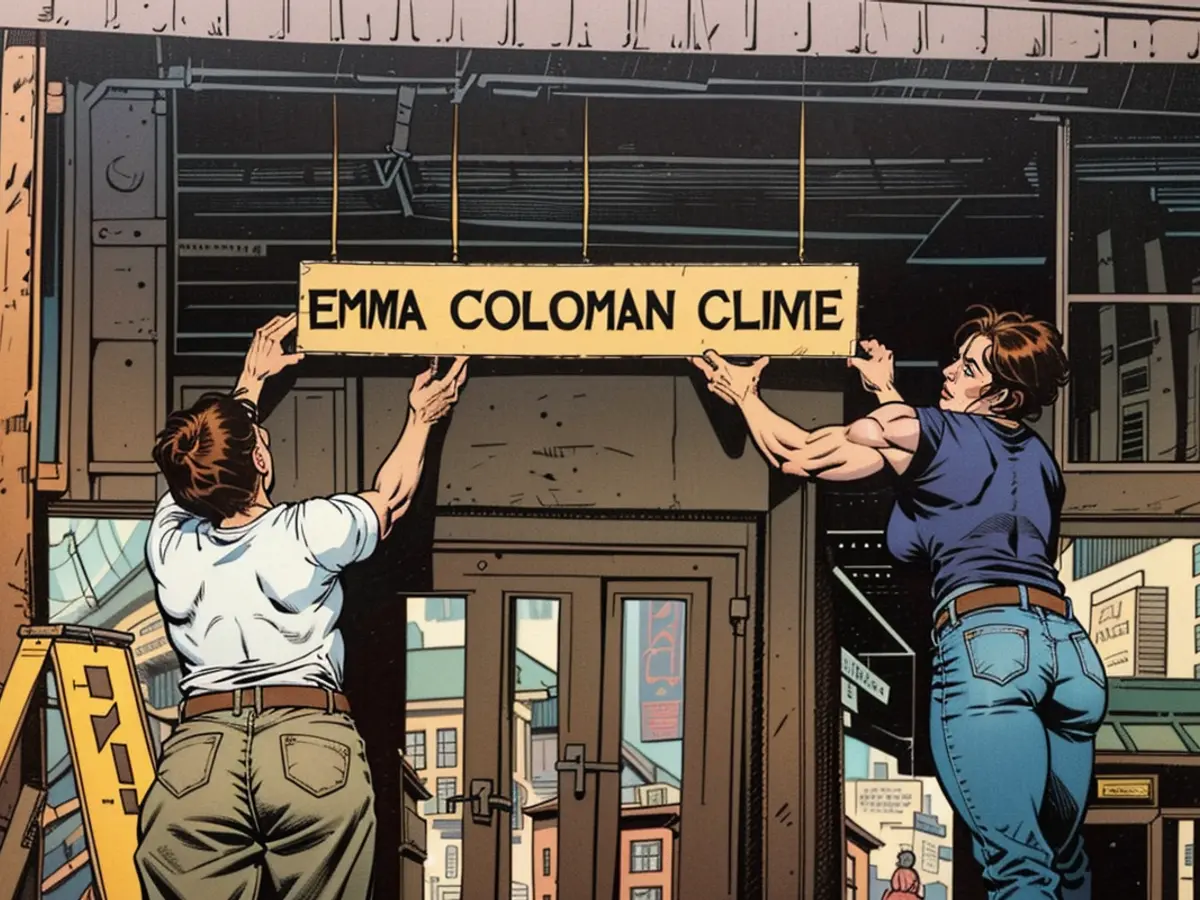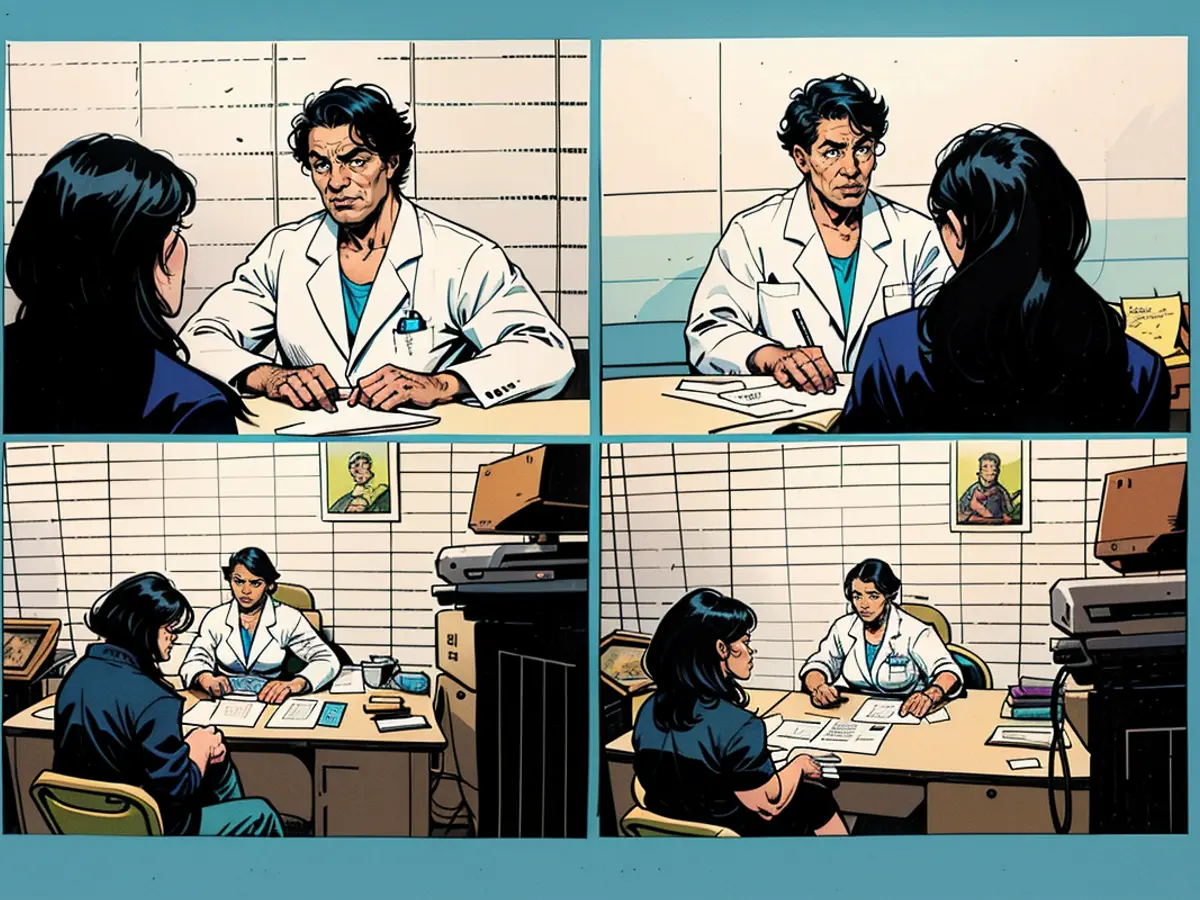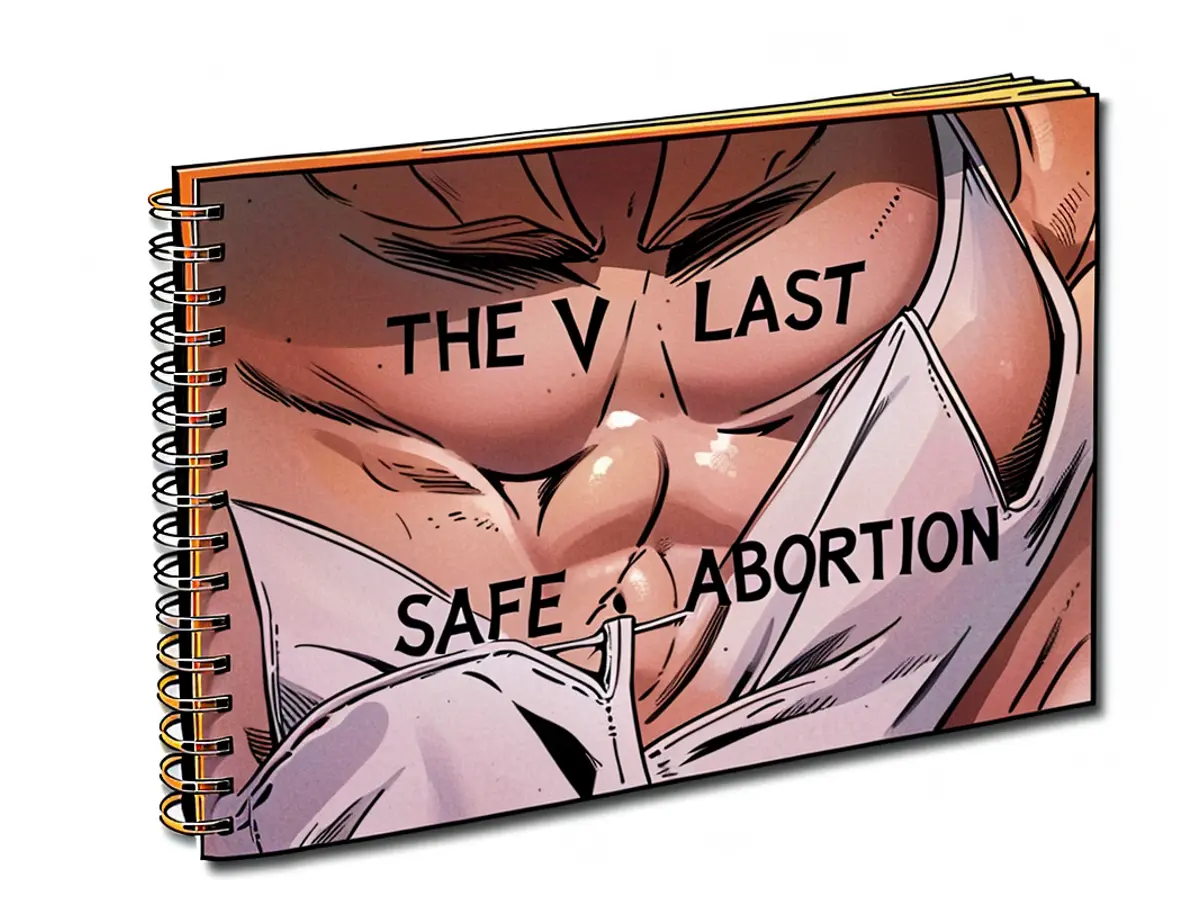‘The Last Safe Abortion:’ Photos show a rarely seen side of abortion care work
Santoro’s death was one of many — all too many — which activists and healthcare workers sought to avoid by legalizing abortions and abortion care in the United States. But she became a particular symbol of this movement when a graphic police photograph of her dead body was printed in the feminist publication Ms. Magazine in April 1973, just a few months after the US Supreme Court’s Roe v. Wade decision legally protected the medical procedure.
Today, in the aftermath of that half-century-old ruling being overturned on June 24, 2022 — a decision which some people fear has triggered the resurgence of conditions, and restrictions, similar to those that contributed to Santoro’s death — one artist is reinvigorating visual advocacy of abortion, aiming to change the cultural mindset toward it and those who provide the procedure. Carmen Winant’s new photobook, “The Last Safe Abortion,” also seeks to memorialize the labor, advocacy and community-building of abortion care providers and women’s health care workers in the near-50-year period that the right to an abortion was legally protected across the US.

Though particularly salient at this time, Winant’s book isn’t a direct response to the Roe repeal, she told CNN. Rather, the idea had been percolating in her mind for some time, she explained, sparked by having to regularly circumnavigate “aggressive” anti-abortion activists proselytizing on the campus of Ohio State University, where she’s an associate professor in the art department.
“Their (visual) strategy is really clear and specific and has been specific for the past three or four decades: blowing up these photographs of so-called aborted fetuses that are really gory and sensational, and using (them) as a confrontational device,” Winant said. “It really ignited this line of inquiry ... around photography and movement building and consciousness raising.
“Where are our pictures? Where are the pictures of people who are pro-choice and invested in reproductive justice and health care work?” Winant recalled thinking. “Why have we been so reticent or slow to utilize pictures in our movements?”
MYA Network, a national group of clinicians, activists and patients working to normalize abortion care, has also embraced this effort. One of MYA’s initiatives is The Issue of Tissue, which depicts fetal tissues up to around nine weeks old, showing the reality of what early abortions look like, in contrast to the often misleading images long circulated by anti-abortion advocates.
Winant is actually best known for her work on birth — particularly a 2018 Museum of Modern Art exhibit called “My Birth,” which showed more than 2,000 found photographs — largely from the 1970s — drawing from birthing experiences, birth workers and feminist literature.

“I am moved by birth in its own right — as a mysterious and expansive phenomenological experience — but most of all I am interested in it as a channel through which to study feminist healthcare networks and the building of radical social movements,” Winant wrote in her book. “Giving women information (pictorial or otherwise) about their bodies is a tool of feminist world-building.”
“The Last Safe Abortion” is a continuation of this theme, Winant says. The book demands that the labor and humanity of abortion care providers — often both invisible and vilified — be included and appreciated in social and political conversations about reproductive rights, which often also ignore birthing people and women’s healthcare workers.
“It was really important for me to politically put people back in the picture,” Winant told CNN.

A long fight for the right to choose
Winant drew the collection of photos she curated for her book from more than a dozen institutional, organizational and personal archives, as well as her own, largely centered on the Midwest — a “particularly vulnerable area” for reproductive rights, she said.
The first photographs in the book are of the interiors of a clinic waiting room, putting viewers into the shoes of a hypothetical staffer or patient who has just walked in, Winant said. From here, the goings on are all too ordinary — and mundane: Clinic employees demonstrate procedures, replace batteries in clocks, hold workshops, sterilize equipment, check patients in for appointments and celebrate each other’s birthdays.
Notably, none show strife or confrontations with protestors, in contrast to the visual narratives that often surround abortion care. The clinics exist in their own context, as a place of safety and community. “That also felt political: to demonstrate that this work is quotidian and regular and unsensational,” Winant said. “There’s so much care and dignity — small steps that are put into making people feel safe. It’s such a significant part of their job.”

To Winant, something as simple as answering phones represented a heroic act of solidarity — “networking to save each other’s lives,” she said.
The book’s title reflects this mission. As Winant spoke with clinics and their staff in the wake of the Roe overturning, one refrain she consistently heard was the promise and determination to “provide the last safe abortion” in their state.
“‘If we do the last legal abortion in Ohio, that is what we will do. We will stay open for as long as we possibly can,’” Winant recalled one staffer saying. “Words as resolute as they are elegiac.”
Winant has never really been interested in art for art’s sake, she told CNN, but rather in how it “circulates in the world and (its) power to impact people on a political level, but also on a deeper level, like something more cellular.”

Winant’s work, as well as her own life, also rejects the notion that people who support or have abortions live on one side of the binary to which the debate over abortion rights is often reduced.
“The right to be pregnant and give birth has everything to do with a right to be what feminists would call ‘unpregnant,’ and not to give birth,” Winant said. “As someone who has had children, as someone who has had an abortion, that is the same struggle (when) it comes to choice — and not only our own choices, but the feminist health care networks that support those choices.”

In the realm of art, Carmen Winant's new photobook, "The Last Safe Abortion," aims to memorialize the labor, advocacy, and community-building of abortion care providers, and women's health care workers, representatively showcasing the ordinary and unsensational aspects of these clinics. Winant's book also seeks to challenge the long-held visual strategies of anti-abortion activists and reserved tactics of pro-choice advocates, creating a stylistic shift in the arts that engages with the arts as a tool for political impact and change.








